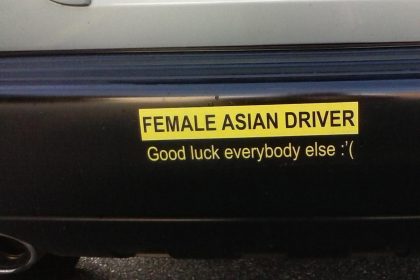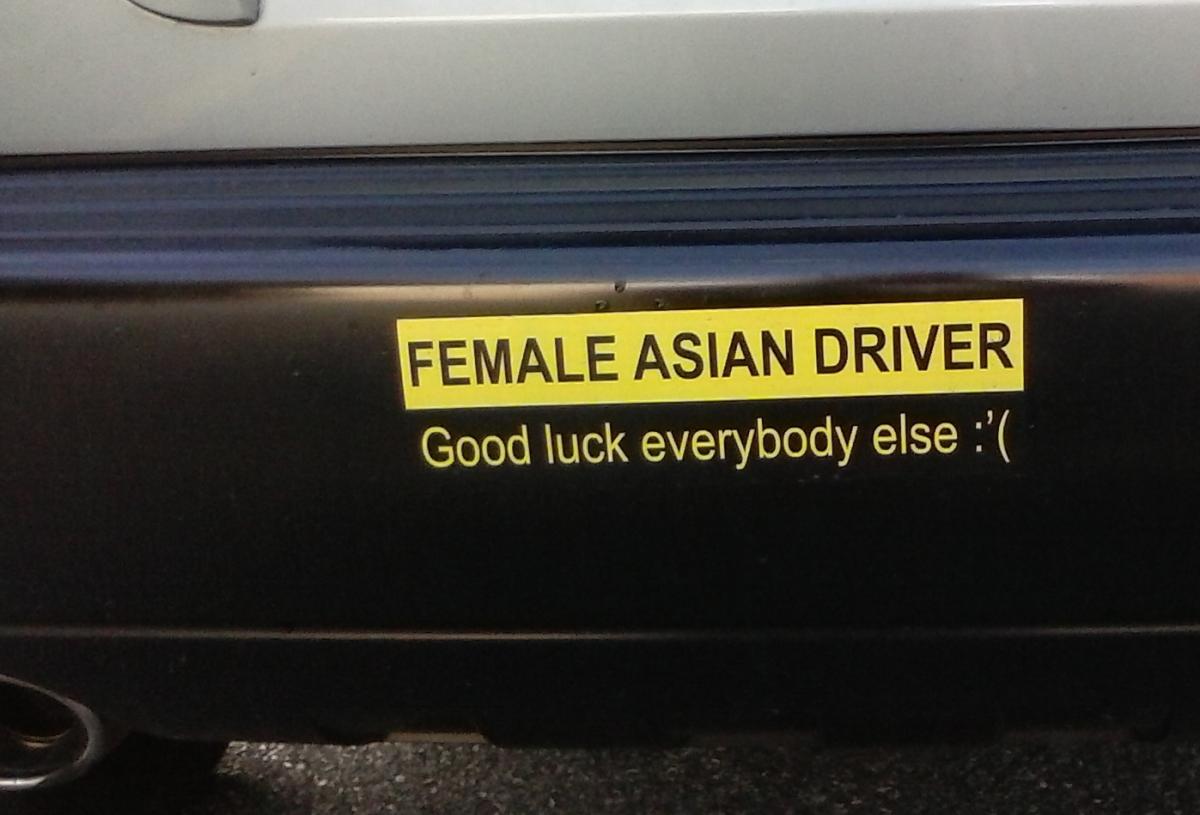
The exercise went like this: Pick a demographic profile. Then, jot down all the characteristics you associate with that profile. These are known as stereotypical characteristics. Then, think of someone you personally know who falls into that demographic profile and jot down his or her characteristics. Are they the same? Probably not, because the people we know personally are more interesting and complicated than a stereotype. Which means our stereotypes are… you get the picture.
When I worked overseas to develop public health TV and radio dramas, we used this exercise to help writers avoid creating stereotypical characters; the death of many a dramatic series. But I think it works for other purposes as well. No one wants to be reduced to a stereotype, myself included, yet, for better or worse, I find myself doing it all the time. It is a way that my brain makes order of brief encounters with other humans, even the most superficial encounters.
This practice usually rears its ugly head whenever I am behind the wheel of a car. Theoretically, I will never see these people outside of driving, so I am free to express my disgust with their driving skills. Old people drive too slow, Asian people too tentatively. Cars with tinted windows are driven by young black men, usually driving too fast; gas-guzzling pick-up trucks are driven by young white men, usually driving too fast. Soccer moms in SUVs are driving too slowly because they are texting and drinking Starbucks, and the list goes on. You get the idea. I make a mental note every time my stereotypes are reinforced on the road. Person X made ____ mistake, and oh, look, well, of course they did. Look who they are. It’s so easy to compartmentalize them.
Here’s what I don’t do. I don’t count all the times that none of these stereotypes are true. I don’t look in the cars that are not irritating me and categorize those drivers. I am simply seeking to reinforce what I have already decided is true. SAD! I would do well to remember the anti-stereotypes I have encountered behind the wheel that have made me laugh.
The young, black guy in an expensive sports car (tinted windows, of course) with a bumper sticker that said, “Come to the dark side, we have cookies”.
The soccer mom in my parking garage with the “What would Scooby Doo?” bumper sticker.

The Asian woman parked at the post office with the “Female Asian Driver. Everybody else good luck!” bumper sticker.
 The young, white guy in a jeep with the “Don’t believe everything you think” bumper sticker.
The young, white guy in a jeep with the “Don’t believe everything you think” bumper sticker.
The old white guy who made his own bumper sticker (presumably for people like me) that said, “Go ahead and pass me. I’ll meet you at the light.”
These are people I would hang out with because we share a sense of humor, and on our bad days, impaired driving skills. We would laugh at others and ourselves. We would discuss that stereotypes imply that we fit our demographic profiles and those profiles all look alike. Underneath each demographic profile is a real person waiting to be discovered. When you’re out driving today, if you are a driver, pick a demographic profile and pay attention to how many times the stereotypes just don’t fit. And rejoice that we are all so much more interesting than our profiles.
Anne Palmer is the Food Communities and Public Health program director at the Johns Hopkins Center for a Livable Future. She directs the Food Policy Networks project, which seeks to improve the capacity of new and existing food policy councils and similar organizations to advance food system policies.




